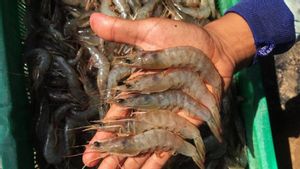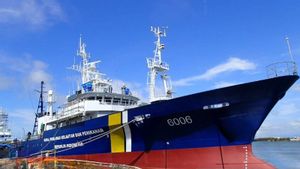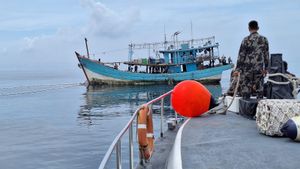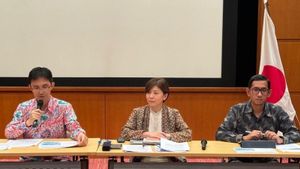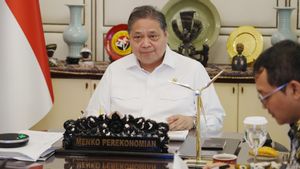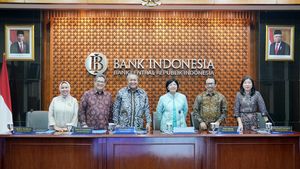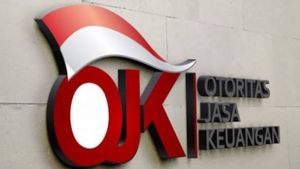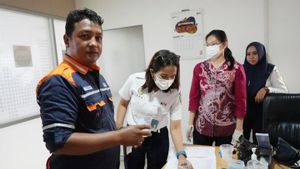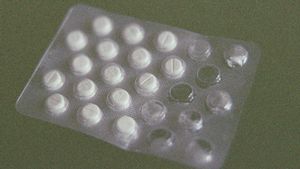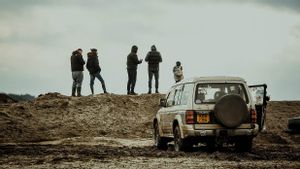JAKARTA - The Ministry of Maritime Affairs and Fisheries (KKP) plans to facilitate investment in downstream seaweed in a pilot project (Modelling) in the Wakatobi area, Southeast Sulawesi.
The Director General of Strengthening the Competitiveness of Marine and Fishery Products (PDSPKP) KKP Budi Sulistiyo said that seaweed downstreaming needs to be done because these commodities have many derivative products that can be exported, thus providing added value.
"We will model it later in Wakatobi. I think we will concentrate on one modeling later," Budi told reporters at the KKP Building, Jakarta, Tuesday, July 25.
Budi said that currently, the composition of seaweed exports in Indonesia is dominated in the form of dry preparations by 80 percent. Meanwhile, the export value of seaweed in processed form is only 20 percent.
Not only that, he said, Indonesia's seaweed export contribution to the world had reached 16.4 percent. "If we increase the processing (sea clump) in it, the added value will be much higher," he said.
Therefore, said Budi, his party is waiting for a number of investors who are interested in investing in seaweed in Wakatobi.
"We are currently capturing (investors) in these steps, because we need caution and readiness. We are opening communication with several investors regarding the potential that will be developed there and it is still under discussion," he said.
According to Budi, when the wetting has been completed, the results can be conveyed in detail. "It's all under intensive discussion, in the near future these results can be conveyed," he added.
另请阅读:
Quoted from the official website of the KKP, Wakatobi Regency is said to be one of the most potential seaweed-producing areas in Southeast Sulawesi. As an illustration, in 2022, the production of dried seaweed in the area will reach 3,951 tons. The potential for available land is 5,236 Ha and spread over Wangi-Wangi, Kaledupa and Tomia islands.
Thus, the KKP provides support for seaweed business modeling by integrating the ecosystem from upstream to downstream in the area. Downstreaming starts from good post-harvest handling, modernizing drying, packaging, regulating trading procedures, to providing other supporting facilities and infrastructure.
From these activities, it is hoped that later it will produce dried seaweed according to industry standard raw materials.
"Indonesia can become a reliable world seaweed player, therefore synergy between stakeholders is needed to move and progress together," said Director General of Strengthening Competitiveness for Marine and Fishery Products (PDSPKP) Budi Sulistiyo in a written statement, Thursday, July 20.
The English, Chinese, Japanese, Arabic, and French versions are automatically generated by the AI. So there may still be inaccuracies in translating, please always see Indonesian as our main language. (system supported by DigitalSiber.id)



